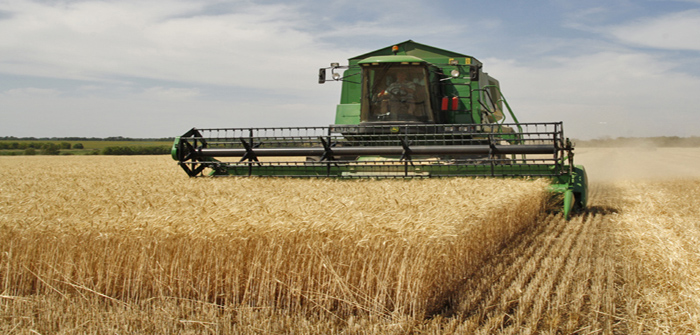Red Robin, our producer and industry insider, explains how they are coping with the prolonged summer heatwave – and made a surprising zinc discovery.
A very wet spring left us with a bit of a challenge to spread all our slurry, which was compounded by having sugar beet on the fields closest to the farm.
Our usual contractor had such a backlog that we looked for other alternatives. We found one whose usual work is spreading digestate from AD plants. We knew they had not yet mastered the field mapping and slurry sampling that we were used to but decided we could manage this time.
The biggest hurdle arrived with the invoice. We knew it was going to be a bit more expensive – it turned out to be significantly more so.
We worked out that our slurry would need to average about 3.5kg N per cubic metre, which we have only ever achieved when we have sucked it directly out of the pits. It’s difficult to calculate the additional value from the phosphate and its contribution to soil health, but I think it would only be worthwhile on quite poor land.
We might be forced into doing it this way if the Environment Agency become concerned about the phosphate levels on our fields nearest to the farm. We did attract three complaints from nearby households and, as usual, I had to explain to the EA that we were allowed to do this and we didn’t have to plough it in within 24 hours because it is being applied to a growing crop. We can’t be the only ones who do this and it is frustrating to explain it every time.
Harvest has started here about 10 days earlier than normal. As I write (in mid-July), we have finished our barley and yields are a little disappointing, given that we had rain at grain-fill.
The dry weather has at least held out for the barley harvest, despite my expectation that the heavens would open as soon as we turned the key on the combine. I hope it stays dry for our oilseed rape harvest and I will probably have to resign myself to drying the wheat – surely it must rain soon.
The health of our pigs continues to improve and we seem to have solved the problem of them not eating after weaning by removing zinc from the feed. This only happened because we were looking at something else and we were surprised at how much more they ate – so we have now taken it out of everything and intakes have gone up dramatically.
I can’t really believe that all the problems we have had have been zinc related, but if so, it would explain why we never found any conclusive cause of death when we sent pigs for veterinary investigation. Our vet has said farms react differently to the reduction of zinc in feed but for us so far it has been positive, although I am slightly cross with myself that we didn’t try it before.




